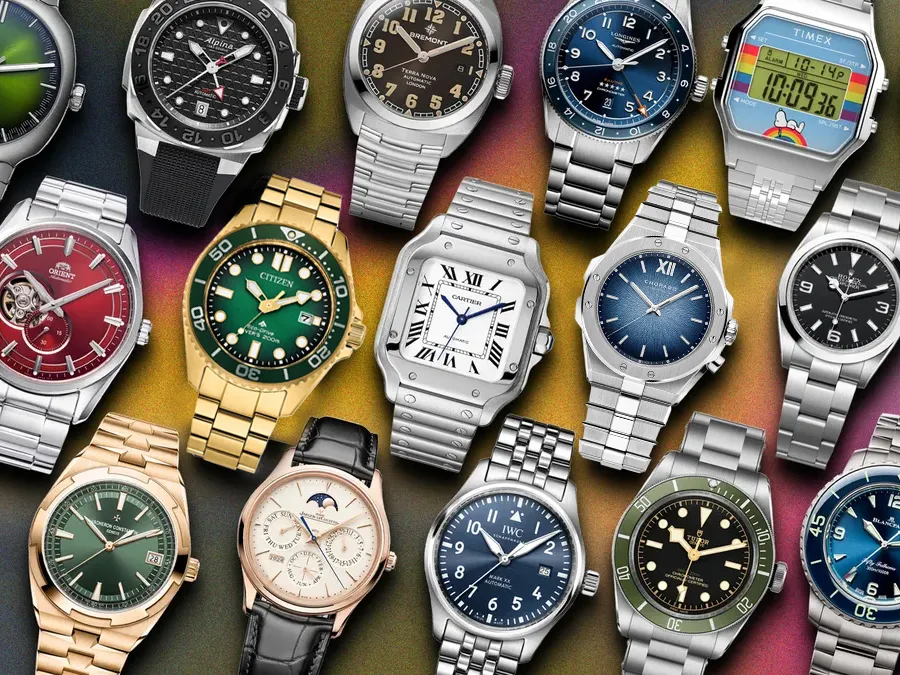In the world of religious leadership, attire often serves as more than just clothing; it’s a symbol of tradition, reverence, and authority. For women in clergy roles, navigating the delicate balance between modesty, professionalism, and personal expression can be a nuanced task. The evolution of women’s clergy attire reflects a journey toward inclusivity and empowerment, offering a range of options that honor both tradition and individuality.
1. Evolution of Women’s Clergy Attire
Over the years, women’s clergy attire has transitioned from strictly conservative and uniformed to encompass a wider spectrum of styles and interpretations. Traditional robes and veils have given way to more contemporary options, including clergy suits for women that blend elegance with practicality.
In the past, women in clergy roles were often expected to adhere to strict dress codes, typically consisting of long robes and head coverings. However, as societal attitudes towards gender roles have evolved, so too has the perception of appropriate attire for women in religious leadership positions. Today, women have more flexibility in their wardrobe choices, with clergy suits becoming increasingly popular due to their versatility and professional appearance.
2. Embracing Diversity in Clergy Suits for Women
One of the most significant shifts in women’s clergy attire is the acknowledgment of diverse body types, cultural backgrounds, and personal preferences. Modern clergy suits for women come in various cuts, colors, and fabrics, catering to a range of style sensibilities without compromising on dignity or professionalism.
The recognition of diversity within religious communities has led to a greater emphasis on inclusivity in clergy attire. Women of different ethnicities, sizes, and ages can now find clergy suits that not only fit well but also reflect their unique identities. This inclusivity extends beyond physical appearance to encompass cultural and religious traditions, with clergy suits available in styles that honor various faiths and customs.
3. Striking a Balance Between Modesty and Fashion
Finding the right balance between modesty and fashion is a common challenge for women in clergy roles. While traditional expectations may prioritize conservative dressing, modern interpretations allow for creative expression within modest parameters. Clergy suits for women offer tailored silhouettes and subtle embellishments that marry tradition with contemporary style.
Modesty has long been a cornerstone of women’s clergy attire, symbolizing humility and reverence for religious teachings. However, this does not mean that women must sacrifice personal style or fashion preferences. Clergy suits for women strike a delicate balance between modesty and fashion, allowing women to express themselves while remaining respectful of their faith and traditions.
4. Empowerment Through Personal Expression
For many women in religious leadership, attire serves as a form of empowerment and self-expression. The ability to choose clergy suits that reflect their personality and values can enhance confidence and authenticity in their roles. Whether opting for classic simplicity or bold statements, women’s clergy attire is a canvas for individual expression and empowerment.
Gone are the days when women in clergy roles were limited to a few standard options for attire. Today, women have the freedom to express themselves through their wardrobe choices, selecting clergy suits that not only align with their religious beliefs but also reflect their personal tastes and preferences. This sense of empowerment extends beyond the realm of fashion, influencing how women present themselves and engage with their communities.
5. Adapting to Changing Cultural Norms
As cultural norms evolve, so too does the landscape of women’s clergy attire. What was once considered unconventional or taboo may now be embraced as a reflection of modern values and inclusivity. Clergy suits for women may incorporate elements of cultural heritage or contemporary fashion trends, reflecting the diverse tapestry of religious communities worldwide.
In today’s multicultural society, the definition of appropriate attire for women in clergy roles is no longer limited to traditional Western norms. Women from diverse cultural backgrounds may choose clergy suits that incorporate elements of their heritage, such as vibrant colors, intricate patterns, or symbolic accessories. This blending of cultural traditions not only celebrates diversity but also fosters a sense of unity and understanding among different religious communities.
6. Bridging Tradition with Innovation
In the midst of evolving fashion trends, the essence of tradition remains at the heart of women’s clergy attire. Bridging the gap between tradition and innovation, clergy suits for women blend timeless elegance with modern functionality. From subtle details to symbolic accessories, each element is carefully chosen to honor tradition while embracing progress.
Tradition plays a significant role in the design and selection of women’s clergy attire, serving as a link to the rich history and heritage of religious institutions. However, this does not mean that clergy suits must remain stagnant or outdated. On the contrary, women in clergy roles have embraced innovation and creativity in their wardrobe choices, finding ways to incorporate modern elements while staying true to tradition.
7. Promoting Unity and Respect
Ultimately, women’s clergy attire serves as a unifying force within religious communities, fostering a sense of respect and reverence for both tradition and individuality. By embracing diversity and inclusivity in attire choices, women in clergy roles set an example of acceptance and understanding for future generations.
The way women present themselves in clergy attire sends a powerful message to their communities, signaling inclusivity, respect, and unity. Regardless of individual beliefs or cultural backgrounds, the choice to wear clergy suits demonstrates a commitment to the principles of equality and mutual respect. In this way, women’s clergy attire becomes more than just clothing; it becomes a symbol of shared values and aspirations for a better world.
8. Looking Ahead: The Future of Women’s Clergy Attire
As societal norms continue to evolve, so too will the landscape of women’s clergy attire. The future promises further advancements in inclusivity, sustainability, and innovation, ensuring that clergy suits for women remain both relevant and empowering in the ever-changing world of religious leadership.
Conclusion:
Looking ahead, it is clear that women’s clergy attire will continue to evolve in response to changing social, cultural, and technological trends. From sustainable fabrics to customizable designs, clergy suits for women will become more versatile and accessible, catering to the diverse needs and preferences of religious leaders around the world. As women take on increasingly prominent roles in religious institutions, their attire will reflect not only their personal style but also their commitment to serving their communities with dignity and respect.





